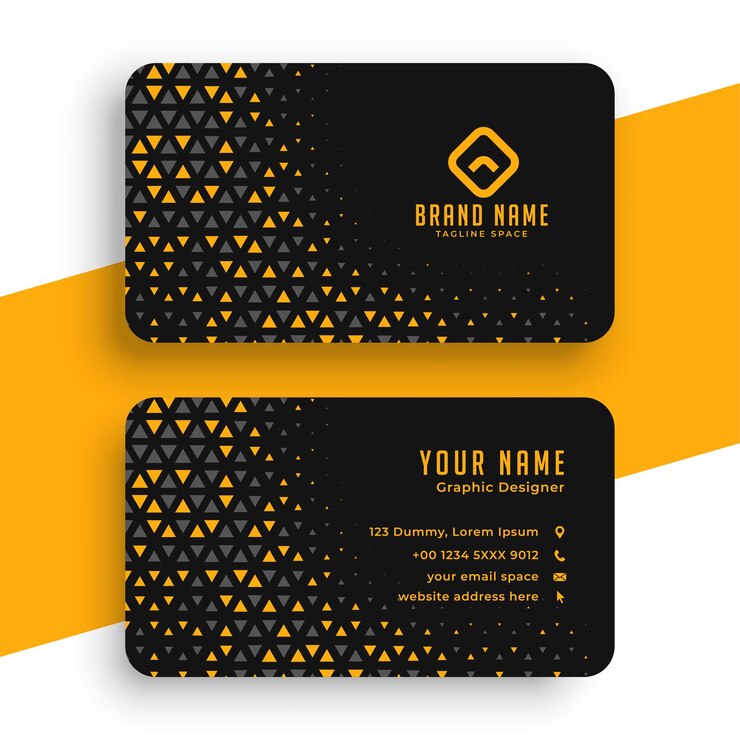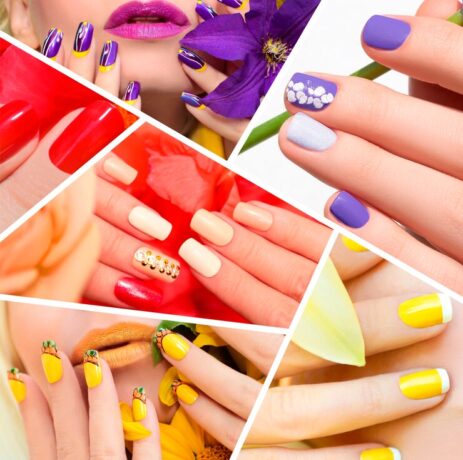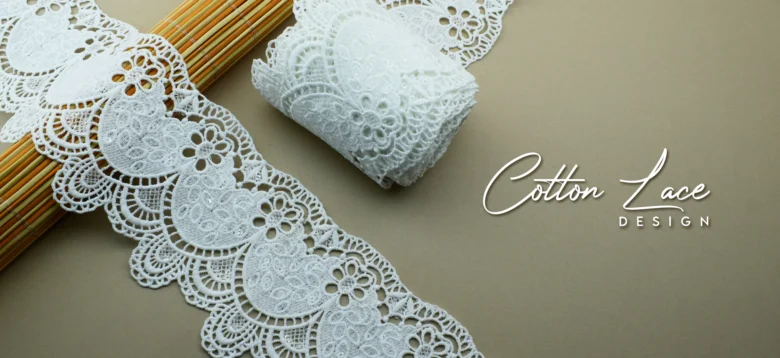
In a world where first impressions are often made in an instant, your business card serves as more than just a piece of paper. It’s a miniature representation of your brand and the very essence of what you stand for. Imagine someone flipping through their wallet or briefcase, stumbling upon your card. Will it catch their eye? Does it convey your unique identity? The right business card design can open doors to new opportunities, connections, and collaborations.
As professionals navigate networking events and meetings, the significance of that small rectangle becomes crystal clear. A thoughtfully designed business card not only communicates essential information but also tells a story about who you are and what you do. In this digital age, where interactions often occur online, having a tangible reminder like a business card is invaluable.
So how do you ensure yours stands out from the crowd? Let’s dive into some fundamental tips for creating the perfect first impression with your business card design!
The Importance of a Business Card
A business card is more than just a contact detail holder; it’s your brand’s first handshake. In moments of connection, these small cards create lasting impressions.
They serve as tangible reminders of who you are and what you represent. When someone receives your card, they hold a piece of your identity in their hands—a snapshot of your professional persona.
In an age dominated by digital communication, the simplicity of a physical card stands out. It offers something that emails and social media can’t—a personal touch that fosters trust and credibility.
Every element on your card contributes to its storytelling power, from design choices to the message conveyed through color and typography. A well-crafted business card becomes a conversation starter, opening doors for networking opportunities long after you’ve exchanged them at events or meetings.
Understanding Your Brand and Audience
To create an impactful business card design, start by understanding your brand. What values do you represent? Your card should reflect that ethos clearly.
Next, consider your audience. Who are they? What are their interests and pain points? Knowing this helps tailor your design to resonate with them.
Your color scheme and imagery can evoke emotions. Choosing the right palette creates a visual connection that speaks to your target demographic while reinforcing brand identity.
Don’t forget about language too. The tone of any text must also align with what appeals to potential clients or partners.
By marrying these elements—brand essence and audience insights—you set the stage for a memorable first impression through your business card design.
Elements of an Effective Business Card Design
A strong business card design hinges on key elements that capture attention and convey your brand’s essence.
Start with color scheme and font selection. Choose colors that reflect your brand identity while ensuring readability. A clean, modern font can enhance professionalism without sacrificing creativity.
Next, incorporate your logo prominently. Your logo is the face of your brand; it should be easily recognizable and resonate with your audience.
Pay careful attention to contact information placement. Ensure it’s clear and organized for easy access. Consider using a larger font for essential details like your name or phone number to guide the eye.
Think about how these elements work together harmoniously. Consistency in design creates a lasting impression and reinforces trust in potential clients or partners.
A. Color scheme and font selection
Color scheme plays a vital role in business card design. It sets the tone and reflects your brand’s personality. Think about what colors resonate with your audience. Bold hues can convey energy, while softer shades evoke calmness.
Choosing the right font is equally important. The typeface should be legible yet stylish. Avoid overly complicated fonts that can confuse potential clients. A clean and professional look often makes the best impression.
Consider pairing complementary colors for balance. This enhances readability and draws attention to key information like your name or logo.
Don’t forget about hierarchy in text size too. Your name should stand out, while other details remain easily identifiable at a glance.
Experiment with color combinations before settling on one that feels just right for you and your business ethos!
B. Incorporating your logo and brand identity
Your logo is the visual cornerstone of your brand. It’s often the first thing people notice on your business card. Make it prominent, but ensure it harmonizes with other elements.
Choose a placement that draws attention without overwhelming the design. Top corners or centered layouts can create balance and focus.
Consider color consistency as well; using your brand colors enhances recognition and fosters trust. This seamless integration reinforces what you stand for.
Don’t forget about typography too! The font should align with your logo style, creating a cohesive look. A modern sans-serif might pair well with an innovative tech company, while a classic serif could suit more traditional brands.
Let your business card tell a story about who you are through these thoughtful design choices. Your logo isn’t just decoration; it’s an essential part of establishing identity in networking situations.
C. Contact information placement and formatting
When it comes to business card design, the placement of your contact information is crucial. You want potential clients or partners to find your details effortlessly. A clean layout is key.
Positioning your name prominently at the top sets a professional tone right away. Following this, keep phone numbers and email addresses easy to read and grouped together. This helps in quick recognition.
Consider using icons for phone, email, or social media platforms; they provide visual cues that enhance clarity without overcrowding the space. Don’t forget about whitespace; it’s just as important as text in making sure everything stands out.
Ensure that any text you use is legible at a size suitable for reading without squinting. Choosing the right font size can make all the difference between an effective card and one that gets tossed aside.
Creative Ideas for Unique Business Cards
When it comes to standing out, think outside the box with your business card design. Unconventional materials can make a powerful impact. Consider using wood, metal, or even fabric. These tactile elements create curiosity and leave a lasting impression.
Interactive elements are another way to engage potential clients. Foldable designs or cards that transform into something functional can spark conversations. Imagine handing over a card that unfolds into a mini calendar or bookmark!
Don’t underestimate the power of technology either. Incorporating QR codes allows you to connect instantly with prospects. They can scan your code and access your portfolio or website in seconds.
Innovative shapes also draw attention—round cards or die-cut designs break away from traditional rectangles and invite intrigue. Each unique choice tells its own story about who you are as a brand and professional.
A. Using unconventional materials
When it comes to business card design, stepping outside the norm can create a lasting impression. Consider using unconventional materials to stand out in a sea of standard paper cards.
Metal, wood, or even fabric can elevate your brand image. Imagine handing over a sleek metallic card that catches the light — it’s unforgettable.
Wooden cards add an earthy touch and convey craftsmanship, making them perfect for eco-friendly brands. Meanwhile, fabric cards could appeal to those in fashion or arts sectors.
These unique materials not only grab attention but also invite curiosity. Recipients are likely to keep these memorable pieces longer than traditional options.
Think about how texture plays into your branding strategy. An unusual material can spark conversation and make networking more engaging from the very first interaction.
B. Incorporating interactive elements
Interactive elements can breathe new life into your business card design. Consider adding features that engage recipients in a memorable way.
One popular method is the inclusion of augmented reality (AR). Imagine handing someone a card that, when scanned with their smartphone, reveals an animated logo or showcases your portfolio. This tech-savvy approach captivates attention and creates an immersive experience.
You might also think about foldable cards that reveal additional information or even mini pop-ups. These playful designs invite people to explore more about you while making a lasting impression.
Another idea is incorporating scannable links directly on the card for instant access to your website or social media profiles. It streamlines connection and makes it easy for potential clients to reach out without any hassle.
This level of creativity not only sets you apart but also encourages conversation. Making connections has never been this engaging!
C. Utilizing QR codes
Utilizing QR codes can transform your business card into an interactive experience. These small squares pack a punch. They bridge the gap between tangible and digital worlds, making it easy for potential clients to access more information about you or your business.
Consider linking the QR code to your website, portfolio, or social media profiles. This allows recipients to engage with your brand immediately after receiving your card. The beauty of QR codes lies in their versatility; they can be customized with colors and designs that align with your brand identity.
Make sure to test the QR code before printing. It’s vital that it directs users seamlessly where intended, ensuring a smooth user experience. Placing the code prominently on your card will encourage people to scan it right away.
Including these innovative elements not only modernizes your business card but also showcases creativity and forward-thinking—qualities that resonate well in today’s competitive market. By embracing new technology like QR codes, you’re not just handing out a piece of paper; you’re offering a gateway into what makes you unique in a fast-paced world.




